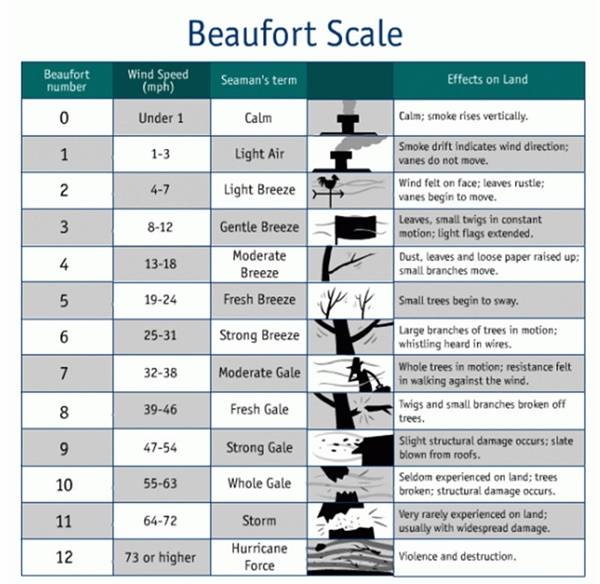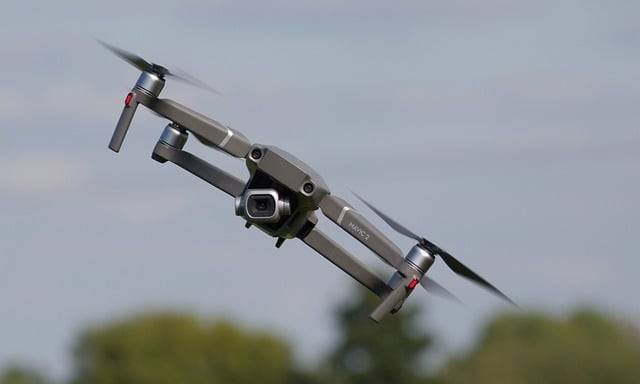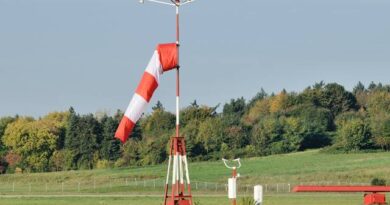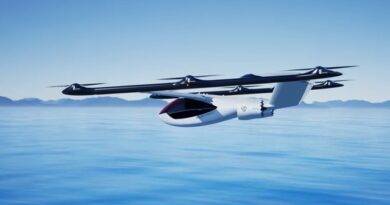Understanding and Unveiling the Secrets of Drone Wind Resistance levels
Understanding drone wind resistance levels is crucial for UAV pilots. Wind resistance determines a drone’s ability to stay stable and controllable in windy conditions. Knowing these levels helps pilots avoid crashes and maintain safety. Factors like drone size, weight, and design affect wind resistance. By choosing drones with higher wind resistance, pilots can ensure smoother flights. This knowledge is essential for both hobbyists and professionals. Stay informed to enhance your drone-flying experience.
Wind Resistance Scale
Drones are typically assigned a wind resistance level ranging from 0 to 12, with higher numbers representing greater wind resistance capabilities. Level 0 indicates a drone cannot withstand any wind, while Level 11 signifies the ability to handle winds up to 72 miles per hour.
Francis Beaufort, an Irish naval admiral, developed a measure known as the Beaufort wind scale to characterize the strength of wind that ocean vessels might encounter. Wind resistance levels are a modified version of the same scale that is used for airplanes.

Factors Affecting Wind Resistance
Several factors influence a drone’s wind resistance, including:
- Drone Size and Weight: Larger and heavier drones typically have superior wind resistance due to their increased inertia. This added mass helps them stay stable against strong gusts, minimizing deviations from their flight path.
- Aerodynamics: Drones designed with aerodynamic features, such as smooth surfaces and contoured shapes, can streamline airflow. These designs reduce drag and wind interference, allowing the drone to cut through the wind more efficiently and maintain stable flight.
- Motor Power: Powerful motors are essential for providing the necessary thrust to counteract wind forces. High-performance motors ensure that drones can maintain control and stability even in challenging wind conditions, making them more reliable for various applications.
By understanding and considering these factors, pilots can select drones that are better equipped for windy conditions, enhancing both safety and flight performance.
Piloting in Windy Conditions
When flying in windy conditions, pilots should:
- Check Wind Forecasts: Always check wind speeds and gusts using reliable weather sources before taking off. Understanding the forecast helps you anticipate potential challenges.
- Start in Calm Conditions: Begin your ascent and descent in areas with minimal wind exposure. This reduces the risk of sudden gusts affecting your drone during these critical phases of flight.
- Maintain Control: Avoid flying too high or near obstacles like buildings and trees, which can create wind turbulence. Staying within a reasonable altitude helps manage wind effects better.
- Heed Warnings: If your drone struggles to maintain stability or control, initiate the return-to-home function or land immediately. This precaution prevents potential crashes and damage to your drone.
By following these guidelines, pilots can enhance their drone flying experience and ensure safer operations in windy conditions.
Understanding drone wind resistance levels is essential for safe and successful drone operations. By mastering these levels, pilots can avoid wind-related accidents and ensure smooth flights. Remember to choose drones with high wind resistance and always check weather conditions before flying. Incorporate safety measures and best practices to enhance your drone-flying experience. Share your experiences and learn from others in the drone community. Stay informed and enjoy your flights to the fullest!
References:
Image, chart source: https://tipsfordrones.com/can-a-drone-fly-in-strong-winds/
DJI Mini 2 SE Wind Resistance (Explained) – Droneblog: https://www.droneblog.com/dji-mini-2-se-wind-resistance/
Max Wind Resistance | DJI FORUM: https://forum.dji.com/thread-6536-1-1.html
DJI Mini 4 Pro High Wind Test – 55 KPH Winds! – YouTube: https://m.youtube.com/watch?v=W8HZX15N1yU&pp=ygULI21pbmlfNF9wcm8%3D
DJI Mini 3 Pro High Wind Test – 50KPH Winds! – YouTube: https://www.youtube.com/watch?v=G3nOB8Pr4Hg
Level 5 Wind resistance? – DJI FORUM: https://forum.dji.com/thread-264489-1-1.html



